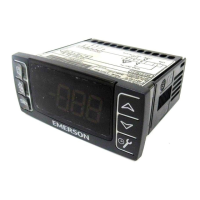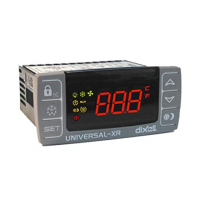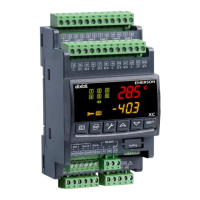User Manual Chapter 5
GFK-1742F Jan 2020
DSM314 to Host Controller Interface 158
Unadjusted Strobe 2 Position is the value of Unadjusted Actual Position captured
when a Strobe 2 input occurs.
Note: At least three host controller sweeps or 10 milliseconds (whichever represents more time)
must elapse before the new Selected Return Data is available in the host controller.
4.22 Follower Ramp Distance Make-Up Time. When the Follower Ramp feature has been
selected and the follower is enabled, the following axis is ramped up to the Master
velocity at the configured Follower Ramp Acceleration rate when the Master
Velocity is non-zero at the time the Follower is enabled. The master counts that
accumulate during acceleration of the follower axis are stored. In this mode, the
follower axis will accelerate to a velocity that exceeds the Master Velocity in order to
make up the position error that accumulated while the Follower axis was
accelerating to the Master Velocity. This make-up distance correction has a
trapezoidal velocity profile determined by the Follower Ramp Distance Make-Up
Time and Ramp Makeup Acceleration at the beginning of the correction. This mode
is used when the Follower axis must be position-and-velocity-synchronized to the
Master position at the instant the Follower mode was enabled.
If the Follower Ramp Distance Make-Up Time is too short, then the velocity profile is
a triangular profile. If during the distance correction, velocity exceeds 80% of the
velocity limit, then the automatically calculated velocity will be clamped at 80% of
the configured velocity limit. In both cases a warning message is reported, and the
real distance make-up time is longer than programmed, but the distance is still
corrected properly.
Setting a Follower Ramp Distance Make-Up Time of 0 allows the Ramp feature to
accelerate the axis without making up any of the accumulated counts. In this
instance, the Follower axis velocity will not exceed the master velocity. For
applications where the Follower axis only needs to be synchronized to the master
velocity and lost counts do not matter, set the distance make-up time = 0.
Typical velocity profile during the follower ramp cycle is shown below.
Figure 63
See Chapter 8, “Follower Motion, Follower Axis Acceleration Ramp Control”
section, for a much more detailed discussion of this feature.

